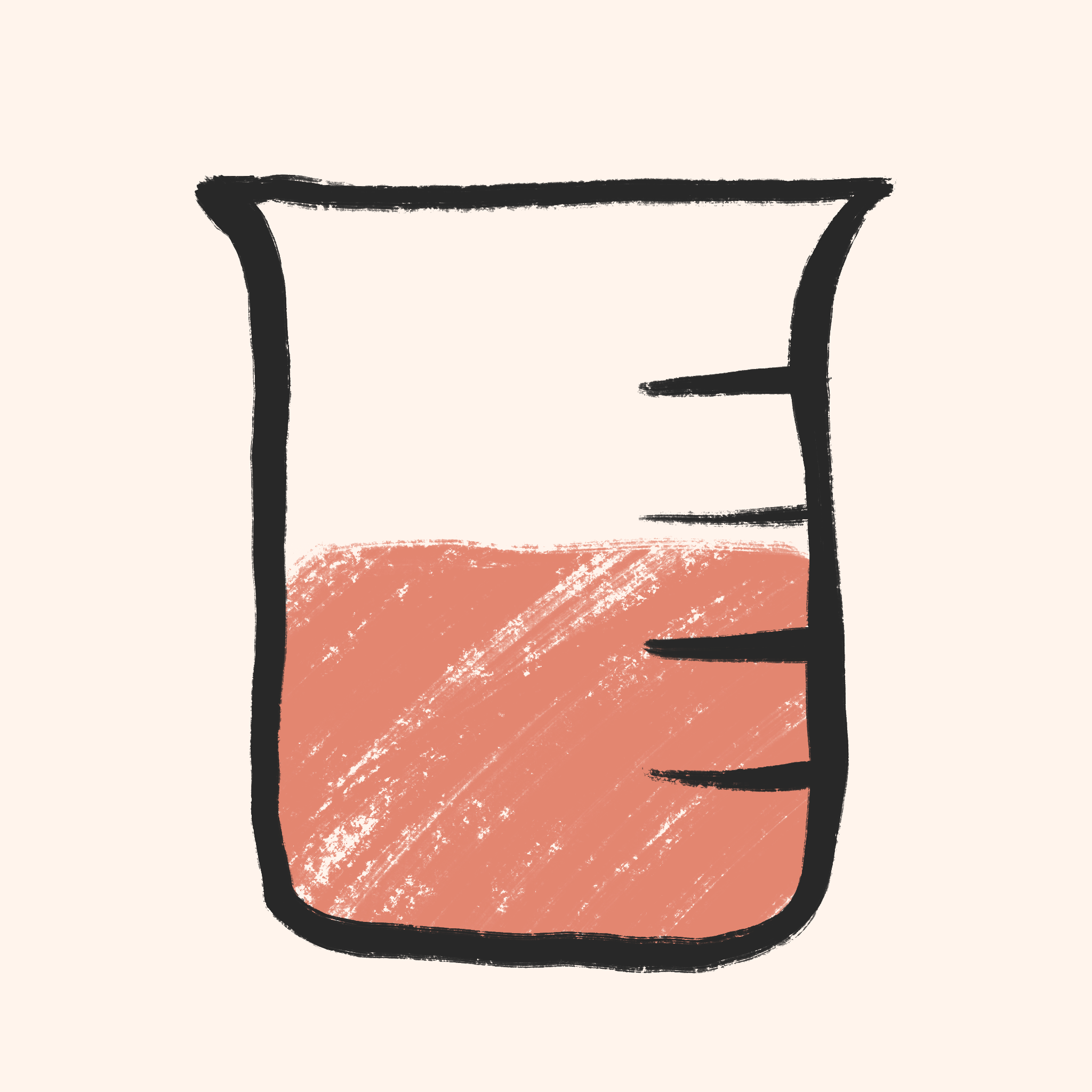Alkanes and alkenes look and smell the same. So, you won’t know the difference unless you perform an experiment. This works because the reactions of alkanes and alkenes aren’t the same.
How does the bromine water test work?
There are 2 test tubes with aluminium foil wrapped around and they are put in the dark. One has an alkane solution and the other one has an alkene solution.
Basically, this experiment checks whether the compounds in the solution are saturated or unsaturated.
Saturated: Doesn’t have a carbon-carbon double bond (C=C) (alkane)
Unsaturated: Has a carbon-carbon double bond (C=C) (alkene)
- Add a few drops of bromine water to the 2 test tubes in the absence of sublight.
- The bromine will get decolourised in the alkene but will stay orange/brown in the alkane.

Why does bromine become colourless in the alkene (but not the alkane)?
To know how this works, we need to look at the equations. In halogenation (a type of reaction) of alkenes, a halide is added to the alkene.
Halide: A diatomic atom of any element in group 17
eg. Cl2, I2, Br2
In this experiment, Br2 is added to the alkene/alkane.

However, in order for the alkane to react with Br2, it needs a catalyst (UV light). So, in the absence of light, it doesn’t react and it will stay orange/brown (mixed with the bromine water)
Have any questions about this topic? Leave a comment below and I’ll get back to you 🙂


Leave a Reply